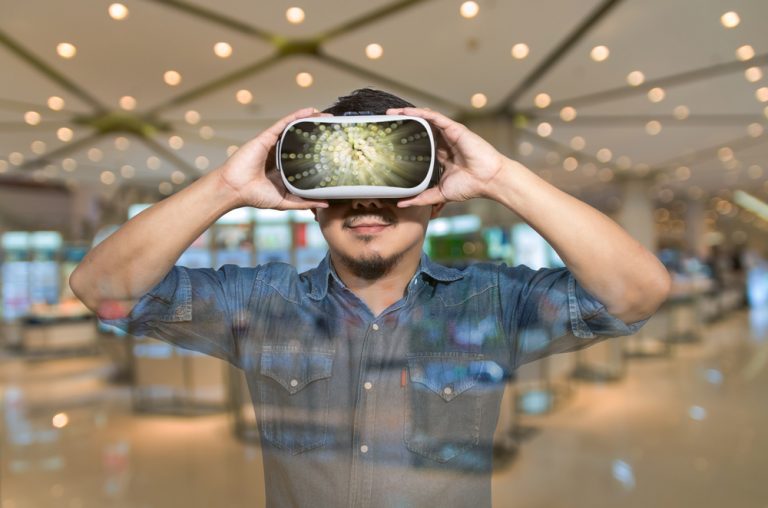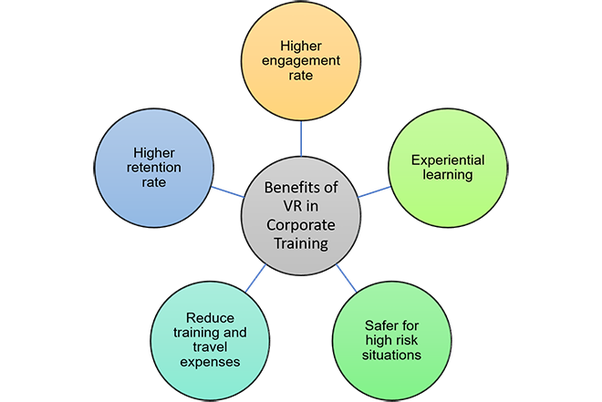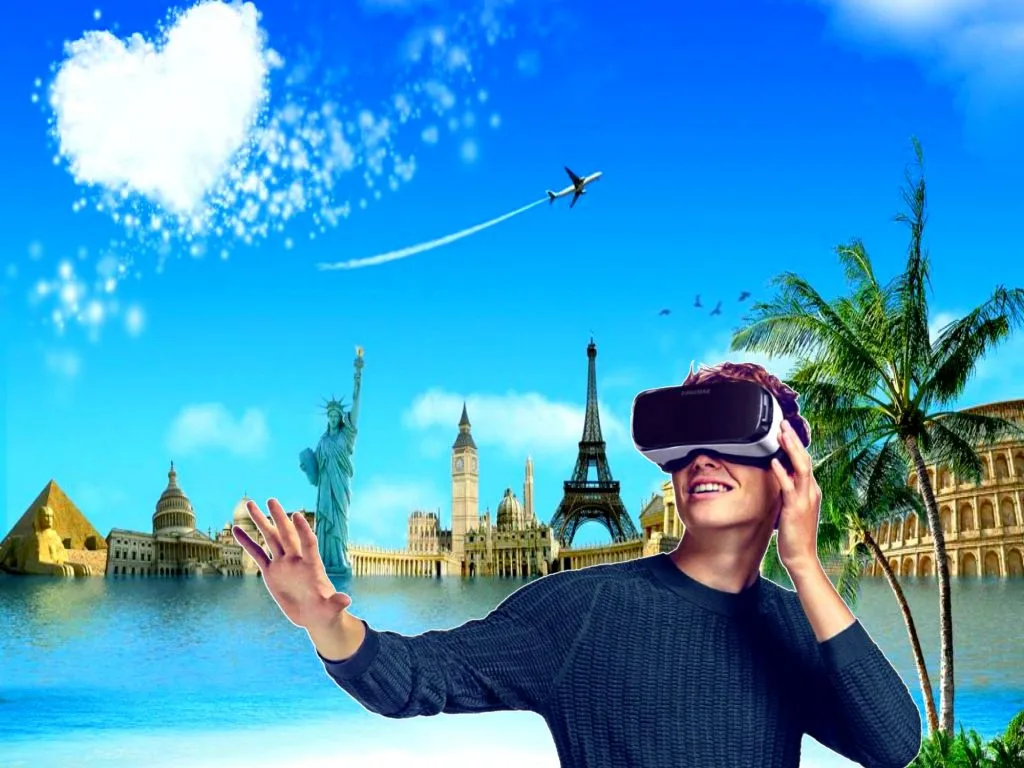Virtual Reality (VR) has rapidly transformed various industries, and its impact on the travel and tourism sector is no exception. In recent years, travel companies have started leveraging VR technology to revolutionize customer engagement and enhance business operations. This article delves into how travel and tourism companies can effectively utilize virtual reality to augment their business prospects.
Table of contents
Benefits of Utilizing Virtual Reality for Travel Companies

Enhanced Customer Experience
One of the paramount advantages of integrating VR is its ability to offer potential travellers an immersive and captivating experience. Through VR, individuals can virtually explore destinations, hotels, and attractions, providing a realistic preview and igniting their wanderlust.
Cost-Effective Marketing
VR presents an innovative and cost-effective marketing tool for travel companies. Instead of traditional brochures or advertisements, companies can create interactive VR content that entices customers and encourages bookings.
Increased Engagement and Bookings
By incorporating VR experiences into their platforms, travel companies witness a surge in customer engagement and, subsequently, an increase in bookings. The interactive nature of VR prompts potential travellers to make informed decisions, leading to a higher conversion rate.
Ways Travel and Tourism Companies Can Implement VR
Virtual Tours and Destination Previews
Utilizing VR, companies can offer virtual tours of destinations, allowing users to explore famous landmarks and attractions from their homes. This immersive experience significantly influences travel decisions. Travel companies can provide interactive experiences through VR simulations, such as virtual adventure activities or hotel room previews. This hands-on approach enhances customer engagement and satisfaction.
Training and Education for Staff

VR isn’t just beneficial for customers; it can also be an invaluable tool for staff training. Companies can simulate scenarios for employees to enhance their knowledge about destinations, customer service, and crisis management.
- immersive Learning Environments: VR allows employees to engage in realistic, immersive simulations. For instance, hotel staff can virtually explore rooms, practice setting up amenities, and learn about different facilities within the hotel.
- Real-life Scenarios: Training can simulate real-life scenarios such as handling difficult customers or emergency situations. This hands-on experience enables employees to develop quick thinking and problem-solving skills in a safe environment.
- Interactive Training Modules: Instead of traditional training manuals, VR can offer interactive modules where employees actively participate in learning activities. This fosters better engagement and retention of information.
- Customized Training Programs: VR technology allows companies to tailor training programs according to specific roles and responsibilities. Flight attendants, for instance, can practice safety protocols or dealing with in-flight emergencies
Challenges and Considerations in Implementing VR
| Challenges and Considerations | Explanation |
| Cost and Investment | Implementing VR involves significant upfront costs for high-quality equipment and content creation. This might strain the budget of some travel companies. |
| Technological Advancements | The fast-paced evolution of VR tech demands continuous upgrades to ensure compatibility across various devices. Failure to keep up may lead to outdated experiences for users. |
| Accessibility | Ensuring VR experiences are accessible across different devices and platforms is vital for reaching a broader audience. Companies must consider compatibility issues and device limitations. |
| User Adoption | Encouraging users to embrace VR experiences requires creating a user-friendly interface, considering comfort levels, and addressing potential motion sickness issues to enhance adoption rates. |
| Experience Quality | Quality content creation is crucial. Compromising on this can result in a poor user experience, impacting the success and adoption of VR initiatives in the travel industry. |
| Content Diversity | Offering a wide array of VR content related to travel destinations and experiences is essential to maintain user interest and engagement over time. |
Conclusion
In conclusion, virtual reality is reshaping the travel and tourism landscape, offering unparalleled opportunities for companies to engage customers and elevate their business. Embracing VR technology enables travel companies to create immersive experiences, foster customer loyalty, and stay ahead in an ever-evolving industry.
Readmore:
How to Motivate a Lazy Child to Study
Enterprise and Entrepreneurship: The Difference
What is the Difference between Entrepreneurship and Technopreneurship
Understanding Entrepreneurship and Project Management
FAQs
The cost varies based on equipment, content creation, and platform development. It can range from moderate to substantial investments.
Challenges include initial investment costs, technological advancements, and ensuring a seamless user experience.
Yes, VR offers immersive experiences that significantly improve customer engagement and drive bookings.
xperiences.
Several companies have reported increased bookings and customer satisfaction after implementing VR-based e

